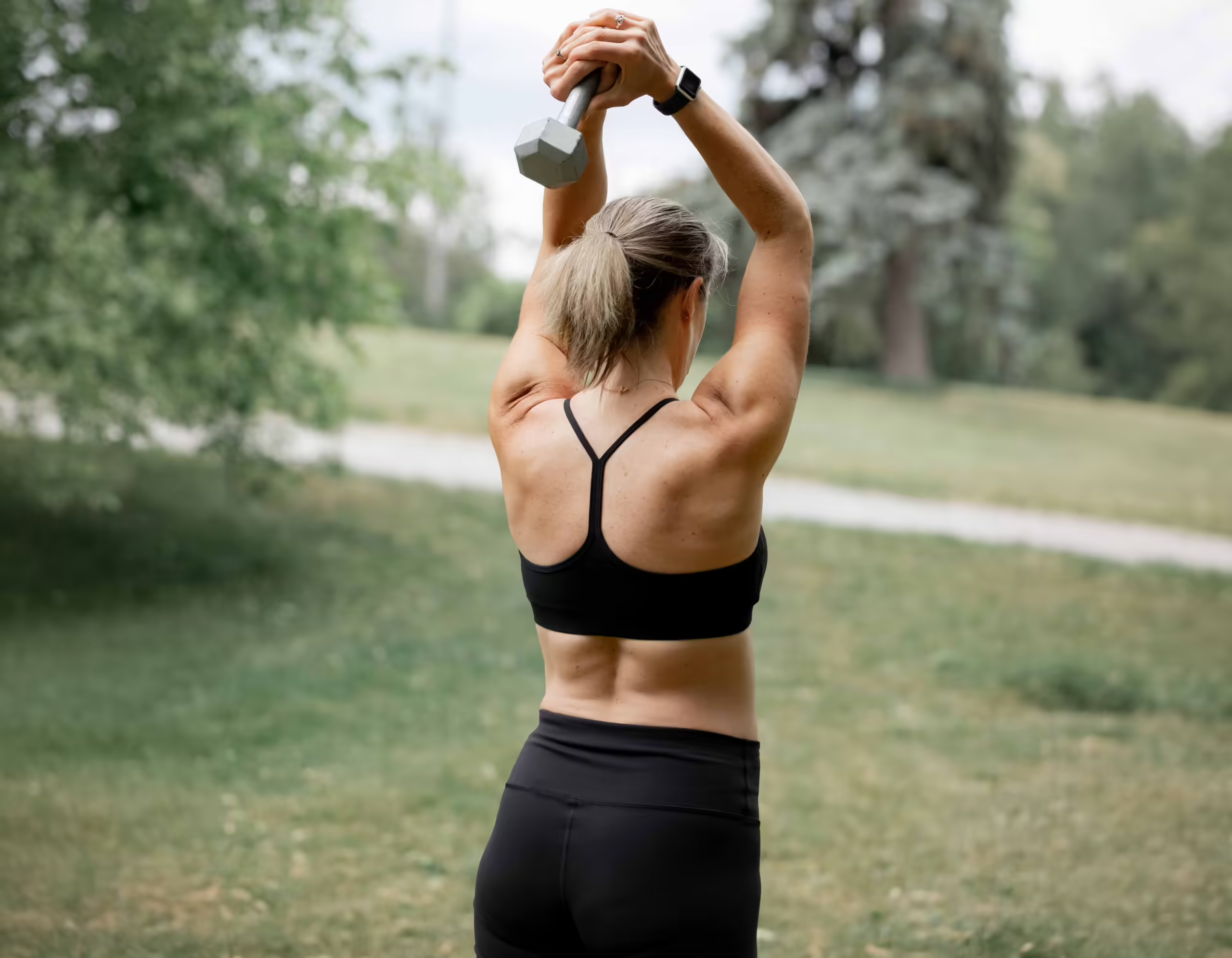Before the surgery, you’ll be given either local or general anaesthetic. If you’re given local anaesthetic, the areas being treated will be numbed and you won’t feel any pain during the procedure. If you’re given general anaesthetic, you’ll be asleep throughout the whole procedure.
Once the anaesthetic has taken effect, your surgeon will begin by making small incisions in the area where the fat is being taken from. A thin tube is inserted into the incision(s) and suction is used to remove the fat, in a process similar to liposuction. The incisions are then closed.
The removed fat is then put through a special process to separate it from blood and any other fluids before being injected into the desired area.
The whole fat transfer process can take up to 4 hours to complete, depending on the volume of fat being transferred.
Once the anaesthetic has taken place, your surgeon will begin by injecting the targeted area with a solution containing anaesthetic, in order to reduce any bruising and swelling. They will then make small incisions in the targeted area before inserting a thin tube (known as a cannula) which is attached to a suction machine
The cannula is moved back and forth to loosen the fat and suck it out. Once this part is complete, any excess fluid is drained before the area is sutured and bandaged.
The whole process can take between 1-3 hours.







